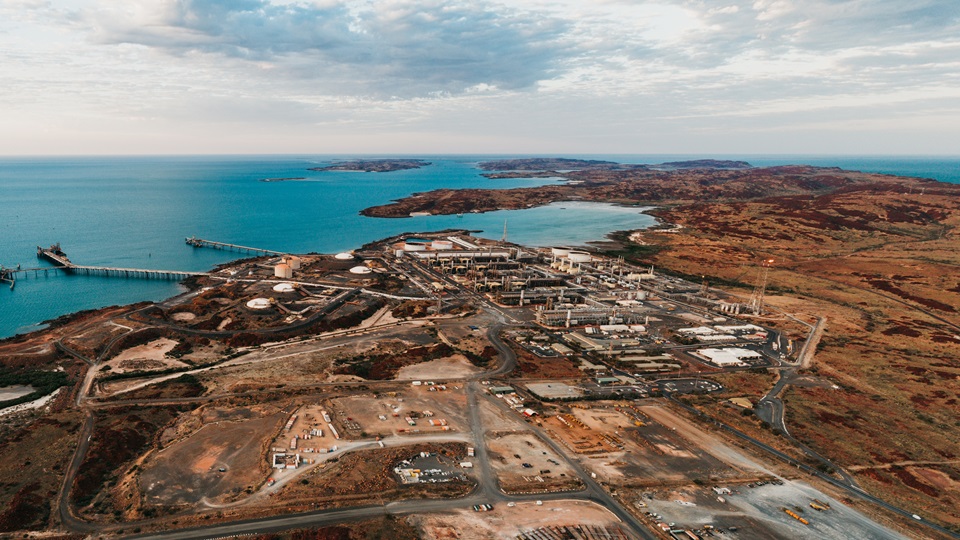This story requires a subscription
This includes a single user license.
Woodside announced this in its second-quarter report on Wednesday, stating that it resulted in a reduction of the Karratha gas plant’s capacity from 16.9 million tonnes per annum (mtpa) to 14.3 mtpa.
In August 2024, Woodside said it was preparing to shut one of the trains at its NWS LNG terminal.
The plant has five LNG trains, launched between 1989 and 2008, and most of these volumes supply customers in Japan.
In September 2022, the Woodside-operated Karratha gas plant, part of the NWS project, shipped its 6000th cargo of LNG.
The facility also has domestic gas trains, condensate stabilization units, and LPG units.
Australia’s oldest LNG plant has been liquefying gas from fields located off the north-west coast of Australia since 1989.
However, these fields are slowly running out of gas and the project is now shifting its focus towards a different business model aimed at processing gas from third parties.
Back in 2022, Woodside started sending gas from its Pluto offshore field to the LNG plant at Karratha.
This accelerated production of Pluto gas followed the start-up of the Pluto-KGP interconnector.
Woodside operates both the NWS and Pluto LNG facilities. Its partners in NWS include BP, Chevron, Japan Australia LNG, and Shell.
In December 2024, Chevron and Woodside agreed to an asset swap under which Woodside will exit the Wheatstone LNG project and Chevron will sell its stake in the NWS project.
In addition, Woodside and its partners in the NWS joint venture secured environmental approval from the Australian government for the NWS project extension earlier this year.
Scarborough project 86 percent complete
Woodside’s Scarborough and the second Pluto LNG train project is 86 percent complete, and the project remains “on track” for the first LNG cargo in 2026, according to Woodside.
In November 2021, Woodside took a final investment decision on the Scarborough and Pluto LNG Train 2 developments.
Last year, Woodside revised the total project cost estimate to $12.5 billion ($8.2 billion Woodside share), a 4 percent increase from the previous cost estimate at FID of $12 billion.
The field is located some 375 kilometres off the coast of north-west Australia in the Carnarvon Basin.
Moreover, the project includes the installation of a semi-submersible floating production unit connected by a 433 km trunkline to a second LNG processing train known as Pluto Train 2 at
the Pluto LNG facility.
Pluto Train 2 will process about 5 mtpa of Scarborough gas, and with some modifications to the existing Pluto train, up to 3 mtpa will be processed there.
Results
Woodside said its quarterly production of 50.1 MMboe (550 Mboe/d) in the second quarter was up 2 percent from the prior quarter.
Production rose 13 percent compared to the same quarter last year.
The LNG player said it achieved a “strong” realised quarterly price of $62/boe for produced LNG, benefiting from diversified pricing and optimisation.
Woodside sold 23.1 percent of produced LNG at prices linked to gas hub indices in the quarter (9.1 percent of total equity production).
The company reported revenue of $3.28 billion for the three months ended June 30, up 8 percent from $3.04 billion a year earlier.
Revenue dropped 1 percent compared to the previous quarter.

